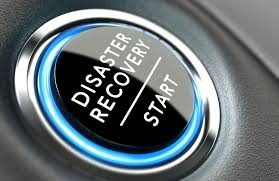Disaster can strike at any time
Bushfires, floods, arson attacks are just some of the disasters that aged care facilities across Australia endure every year. No matter whether a facility is in a remote, regional or metropolitan area there is a risk that disaster can strike. Yes, not even facilities located in large metropolitan areas are safe, as for example the tragic fire in a Sydney aged care facility in 2011.
Questions to consider
The questions to consider for your IT Business Continuity and Disaster recovery plans, what will happen to my IT systems should disaster strike, and how will I continue providing high-quality clinical care or operational support if all of my IT systems have been destroyed in a disaster?
How LeecareCloud.com can help
Cloud solutions such as LeecareCloud.com can significantly reduce your risk and enable you to rapidly recover because they operate from high security highly resilient facilities designed from the ground-up to minimize physical and electronic risks. The services can also be accessed from any physical location and therefore support requirements such as operations from temporary facilities. For the ultimate risk reduction, LeecareCloud.com can also offer support from multiple data centers in different geographical areas.
Cloud is safer than onsite
Aged care facilities exist to provide the highest possible clinical care and support to Australia’s elderly and frail while cloud facilities such as those used by LeecareCloud.com have invested millions of dollars to build specialized facilities specifically designed to protect IT infrastructure against disasters.

Hence, it is simply not economically feasible for an aged care facility to physically house its onsite IT systems in a way that can protect against the unexpected disasters compared to the levels of protections built into modern data centres. That is why LeecareCloud.com is a great way for any aged care organization to reduce its IT risks and improve its Business Continuity and Disaster Recovery Plans.
Special thanks to David Cartwright who prepared this post.

